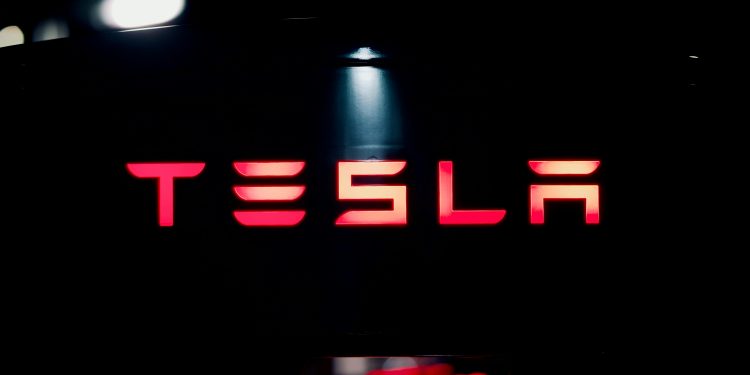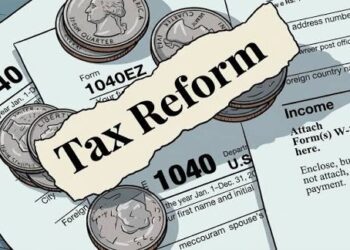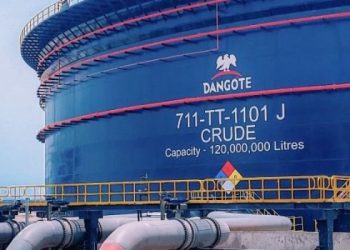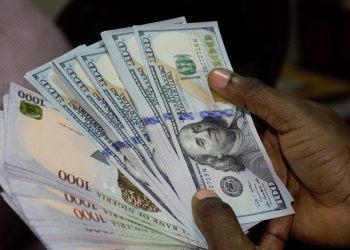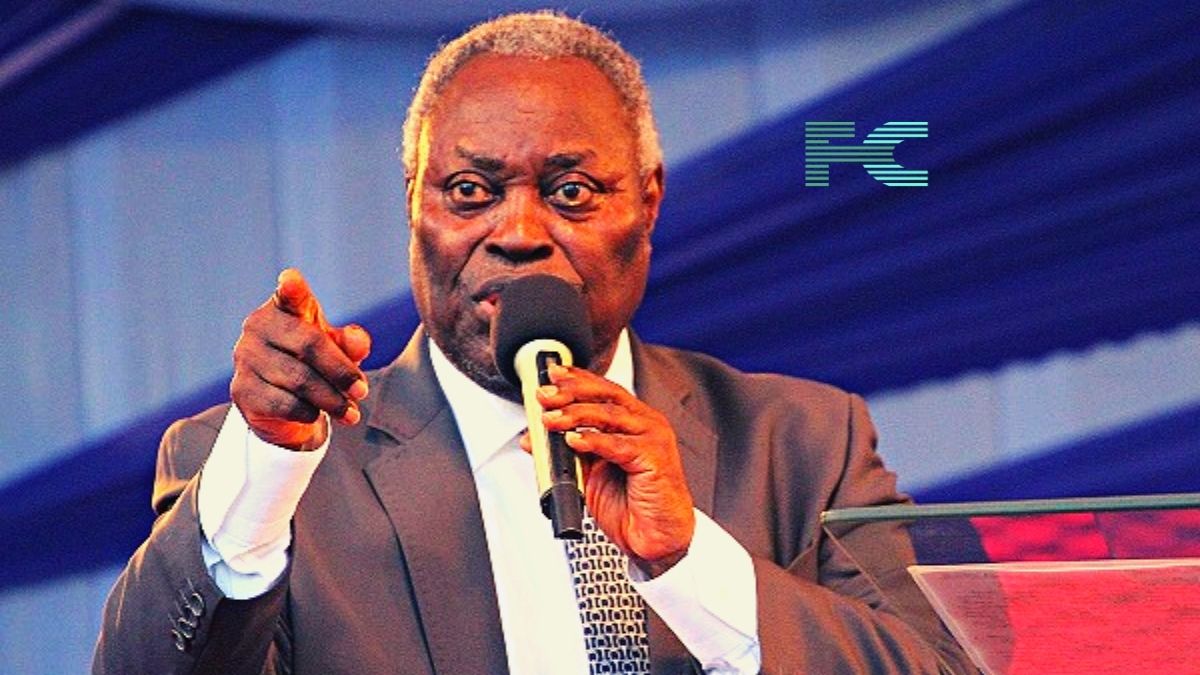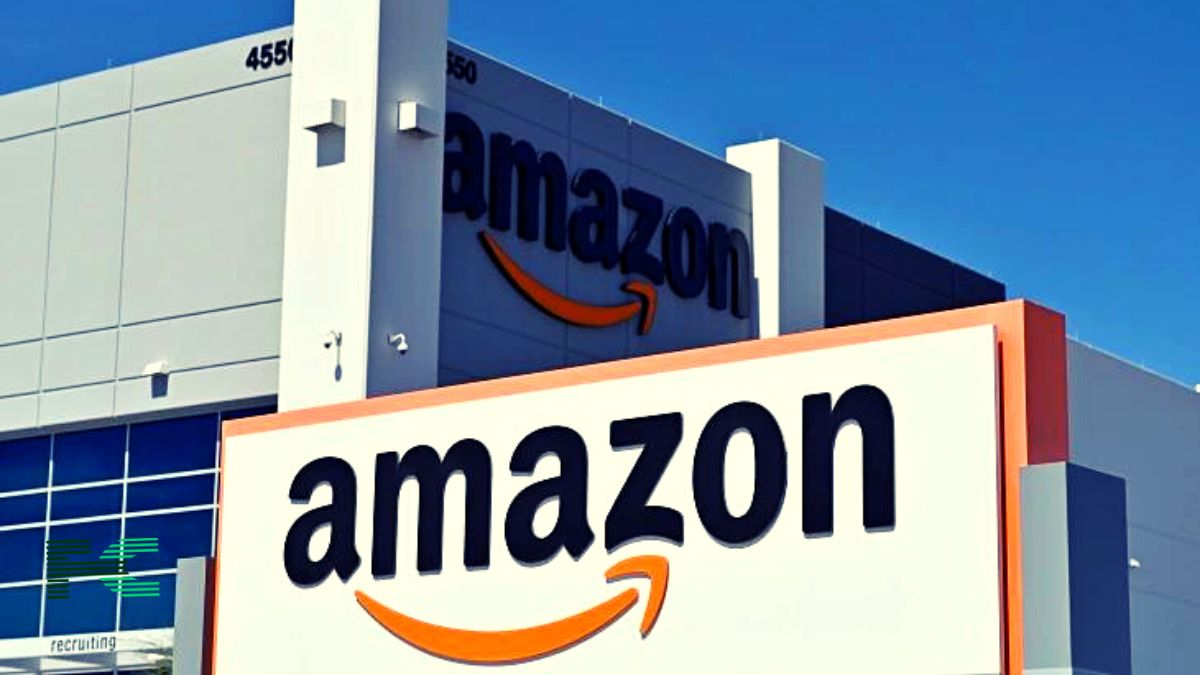The U.S. National Highway Traffic Safety Administration (NHTSA) has launched an inquiry into Tesla’s robotaxi fleet after social media footage captured the autonomous vehicles violating traffic laws during their debut in Austin, Texas.
Videos circulating online show the driverless taxis—equipped with safety drivers—making abrupt stops near emergency vehicles, swerving between lanes, and exceeding speed limits. The NHTSA confirmed it is gathering information from Tesla, though the company has yet to publicly address the incidents.
Elon Musk hailed Sunday’s robotaxi launch as the “culmination of a decade of hard work” in a celebratory X (Twitter) post, but the small-scale rollout to analysts and influencers exposed significant limitations. Unlike competitors Waymo (Alphabet) and Zoox (Amazon), which operate fully autonomous fleets in multiple U.S. cities, Tesla’s 12-vehicle pilot restricts operation to clear weather, simple intersections, and adult passengers. The company’s reliance on camera-based Autopilot technology—rather than the lidar and radar systems used by rivals—has drawn scrutiny from safety advocates, especially after TechCrunch documented multiple erratic maneuvers.
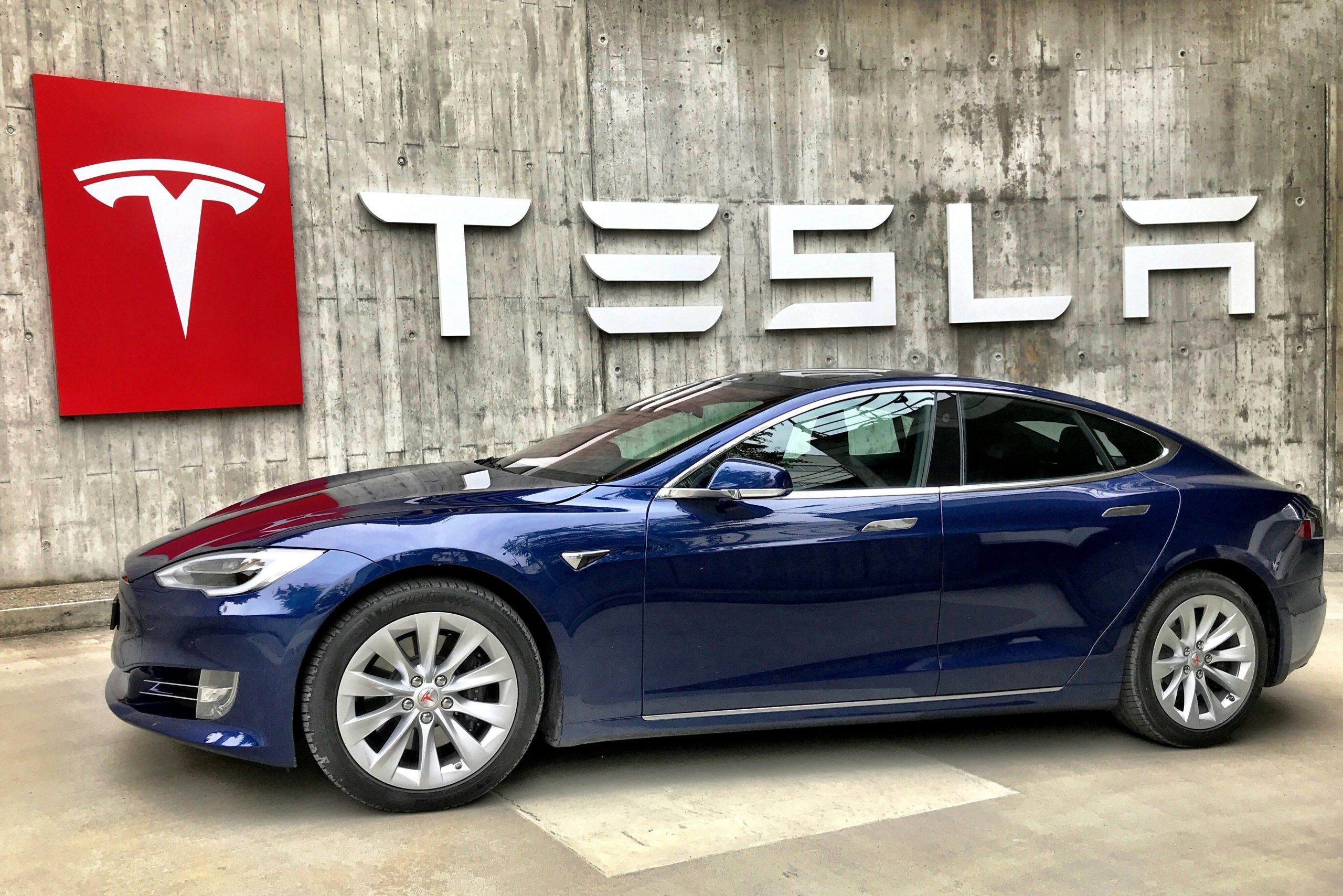
The NHTSA emphasized that while manufacturers must self-certify vehicle safety, the agency retains authority to investigate defects. This hands-off regulatory approach faces new challenges as Tesla’s Full Self-Driving (FSD) software transitions from driver-assist to fully autonomous taxis.
With Waymo and Cruise already logging millions of autonomous miles in San Francisco, Phoenix, and Austin, Tesla’s delayed entry highlights its technological lag. Analysts note the constrained Austin pilot program—which prohibits complex routes—suggests Tesla recognizes these limitations despite Musk’s bullish predictions of a robotaxi-dominated future.
Why It Matters
As China, UAE, and Singapore advance their own driverless taxi initiatives, Tesla’s camera-only strategy remains contentious. While the company argues its vision-based system will ultimately prove cheaper and more scalable, the NHTSA investigation underscores persistent concerns. The agency has previously scrutinized Autopilot-related crashes, and these latest incidents could intensify calls for stricter autonomous vehicle regulations. With paid robotaxi rides now operational in Austin, Tesla faces mounting pressure to demonstrate its technology can match both competitor performance and public safety expectations.

